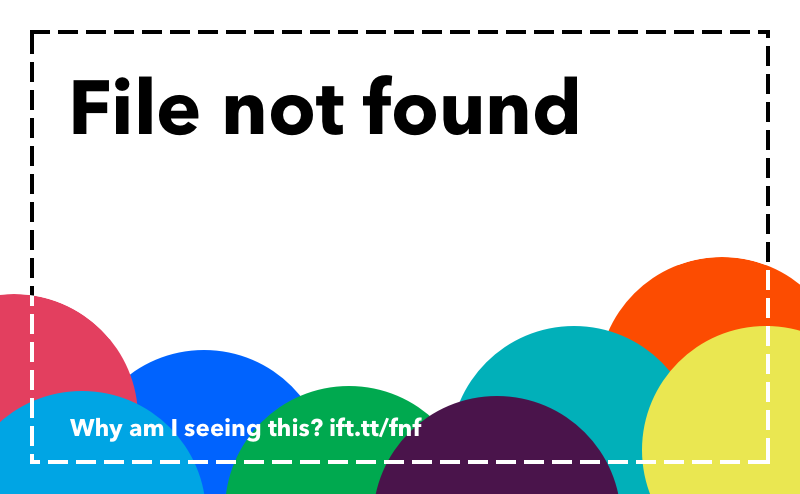
Here in Aussie (along with NZ and the UK), we’re pretty lucky to have simple nutritional labels.
The labels in our part of the world list sugar per 100g, so at glance we can work out what percentage of the product is made up of sweet stuff.
But, for you guys in the U.S. it’s not so easy – your nutritional labels are written according to serving size, so you pretty much need to be a mathematician with a calculator in hand to work out how much sugar you’re actually eating.
There is good news though – from 2018, food manufacturers in the U.S. are updating these labels to include “total sugar” and “added sugars” – so you’ll finally be able to see how much unnecessary sweet stuff is loaded into your products.
What’s not changing however, is that they will still be written by serving size. This means that if you don’t eat the specified serving size (ah, all the time), it makes it pretty tricky to figure out how much sugar you’re eating, and how to cut back! Here’s how we’d tackle those pesky labels…
Work out teaspoons per serve…
As we said, this is only helpful if you’re actually eating the specified serving size. But, scan to the “sugars” column and divide the figure by 4.2. That’s the number of teaspoons of sugar per serving. Ta-da!
ALWAYS double check the serving size and servings per package…
Realistically, if there are two servings per container – and you’re about to eat the whole thing – your previous calculation won’t be correct. So keep your eye on the servings and multiply your “teaspoons” depending on how much you’re about to devour.
Work out what percentage of the product is sugar…
This is where it can get a bit tricky, but bear with us because it’s definitely worth learning! Divide the amount of sugars listed by the total weight of the serving size, then multiply it by 100. For example, if your iced tea contained 18g of sugar and the total weight of the serving size was 250mL, type into your calculator… 18/250×100 = 7.2. That means your iced tea is 7.2 per cent sugar!
In general, we only choose products that are 3–5g of sugar per 100g to make sure we don’t blow our sugar limit!
If you can’t be bothered stressing about how to decode these labels, try our 8-Week Program and learn how to Just Eat Real Food. Sign up before December 7 and receive $50 off your total shop at Nourished Life – the home of toxin-free shopping!
0 comments :
Post a Comment